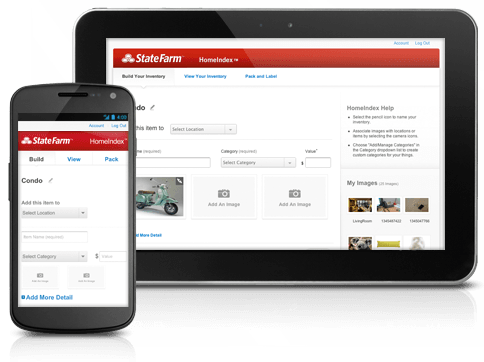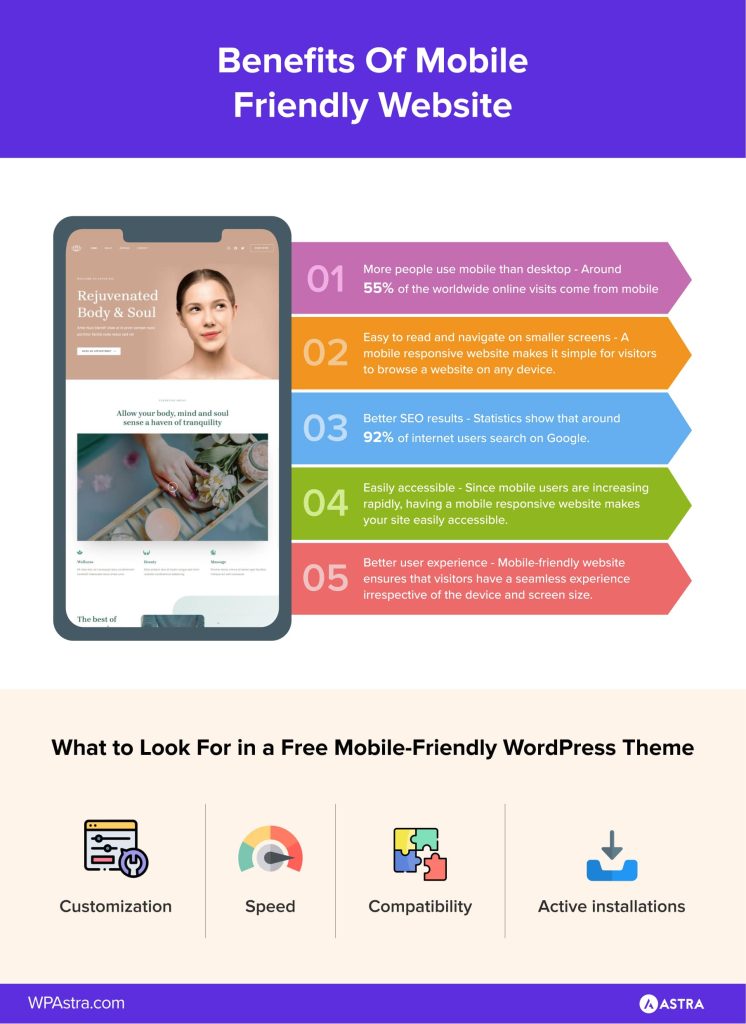Keep Ahead in the Digital Race with Mobile Optimization Mastery
Keep Ahead in the Digital Race with Mobile Optimization Mastery
Blog Article

The Ultimate Overview to Mobile Optimization: Approaches for Enhancing Website Performance on Smartphones and Tablets
The methods for boosting website efficiency on mobile platforms go beyond plain adjustment; they encompass a detailed strategy that includes receptive design, speed optimization, web content strategies, and user experience improvements. By delving right into the intricacies of mobile optimization, organizations can not only fulfill user expectations however likewise remain ahead in an affordable digital landscape.
Importance of Mobile Optimization
Mobile optimization plays a critical role in enhancing user experience and driving conversion rates in the ever-evolving digital landscape. With the increasing use mobile phones and tablets for surfing the net, making certain that sites are optimized for smart phones has actually become necessary for businesses - Mobile Optimization. A mobile-optimized website not only adapts flawlessly to various screen dimensions but likewise loads rapidly, offering users with a smooth and delightful searching experience
In today's fast-paced world, individuals expect instantaneous accessibility to info on the move. A web site that is not enhanced for mobile phones risks shedding prospective customers because of reduce filling times or an inadequate interface. By investing in mobile optimization, services can deal with the needs of their mobile audience, leading to greater involvement and increased conversions.
Furthermore, search engines like Google prioritize mobile-friendly sites in their positions, making mobile optimization vital for improving visibility and drawing in natural website traffic. Mobile Optimization. On the whole, the relevance of mobile optimization can not be overemphasized, as it straight influences customer satisfaction, conversion rates, and general business success in the electronic world
Responsive Design Methods
Implementing receptive design strategies ensures that websites dynamically readjust their layout and web content based upon the user's gadget display size, providing a consistent customer experience across various platforms. One of the most usual techniques used in responsive style is creating fluid grids that permit content to resize proportionally to the display size. This makes sure that components on the page preserve their family member spacing and setup, maximizing the viewing experience for customers on different tools.
In addition, utilizing adaptable photos that can scale with the size of the viewport aids protect against pictures from being chopped or misshaped on smaller sized screens. CSS media inquiries play an essential role in receptive design by enabling developers to apply certain designs based on the gadget attributes such as display width, height, and positioning. By leveraging media questions, sites can adjust their layout and design to fit smartphones, tablets, and desktop computer displays flawlessly.
Integrating receptive design techniques not just enhances user experience however also adds to improved search engine positions, as online search engine like Google focus on mobile-friendly internet sites in their mobile search results. By embracing receptive design, websites can satisfy the diverse demands of customers accessing material on a selection of devices, eventually driving engagement and conversions.
Rate and Efficiency Optimization

One key strategy is maximizing images and multimedia web content to site here decrease documents dimensions without compromising top quality. Compressing pictures, leveraging contemporary photo layouts like WebP, and careless filling offscreen images are efficient approaches to speed up load times (Mobile Optimization). Lessening HTTP demands, leveraging web browser caching, and decreasing server action times are essential steps in enhancing performance.
Implementing a web content shipment network (CDN) can also considerably enhance website speed by dispersing material across numerous servers internationally, minimizing latency for customers accessing the site from different areas. Prioritizing crucial above-the-fold web content and delaying non-essential manuscripts can further enhance perceived efficiency. By concentrating on speed and performance optimization, web sites can provide a seamless and gratifying individual experience on mobile phones.
Mobile-Friendly Web Content Methods
To enhance web content for mobile tools, it is vital to prioritize readability and interaction through critical formatting and succinct messaging. Mobile-friendly content approaches involve tailoring the discussion of information to match the smaller displays and on-the-go nature of mobile phone and tablet users. One vital element is to guarantee that text is conveniently readable without the requirement for focusing, making use of font dimensions that are understandable on mobile displays. Furthermore, separating content into much shorter paragraphs and using bullet factors can help boost readability and make it less complicated for customers to eat information swiftly.
Incorporating engaging visuals, such as pictures and video clips maximized for mobile watching, can likewise enhance the total user experience. These visuals should matter, top quality, and lots promptly to stop individuals from wearying. Integrating interactive components like quizzes, surveys, or surveys can boost individual engagement and urge active participation.
Individual Experience Enhancements
Building on the foundation of mobile-friendly content strategies, improving customer experience requires optimizing every touchpoint to guarantee seamless communication and fulfillment for mobile individuals. One critical facet of improving user experience on mobile gadgets is guaranteeing quick filling times. Individuals expect web sites to fill rapidly on their smart devices and tablet computers, and any type of delays can cause frustration and enhanced bounce rates. Implementing responsive layout is one more crucial variable in boosting user experience. Receptive layout makes certain that internet sites adjust to different screen dimensions and resolutions, providing a constant and user-friendly experience throughout various devices.
Along with speed up and this content responsive layout, streamlining navigating is vital for a favorable user experience. Clear and user-friendly navigation food selections, popular search bars, and strategically placed call-to-action buttons can aid individuals quickly locate what they are looking for on a mobile website. Enhancing forms for mobile customers by lessening the number of fields and using auto-fill attributes can likewise improve the total user experience. By focusing on these user experience enhancements, internet sites can properly engage and keep mobile visitors.
Final Thought
To conclude, mobile optimization is crucial for improving web site efficiency on smart devices and tablet computers. By applying receptive design strategies, enhancing speed and performance, creating mobile-friendly content, and improving user experience, organizations can successfully get to and involve with their mobile target market. It is important for websites to adapt to the raising mobile use patterns in order to remain affordable in the electronic landscape.
Report this page